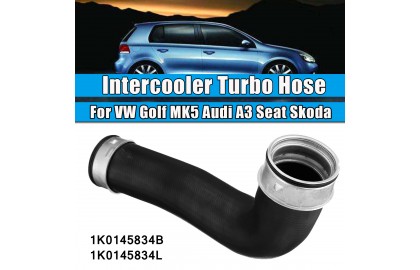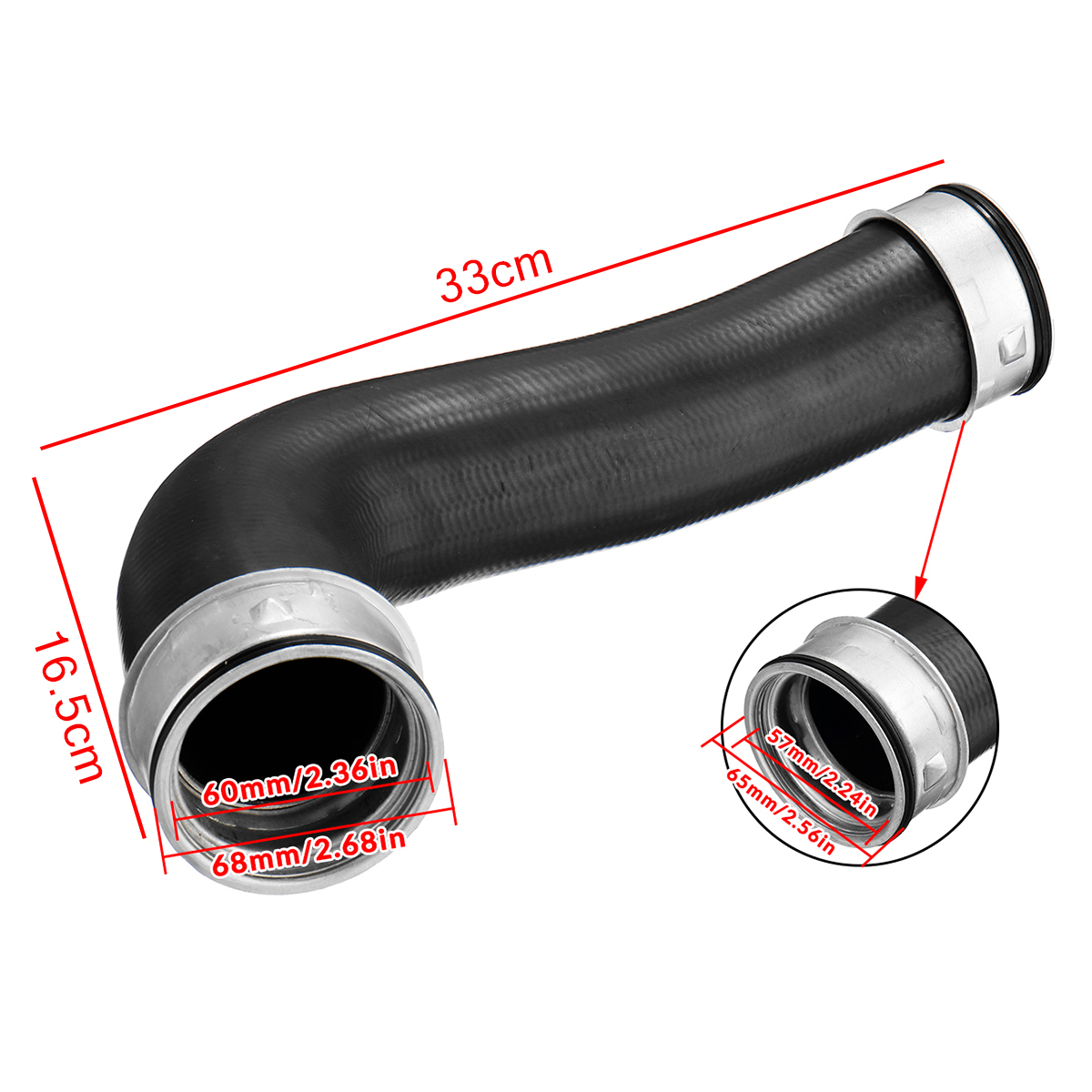All Brand New Elecdeer Intercooler Turbo Boost Hose Pipe Bring You to Next Level


All Brand New Elecdeer Intercooler Turbo Boost Hose Pipe Bring You to Next Level
The increasingly stringent emission and fuel consumption standards around the world have become a problem that many automakers must overcome. In order to achieve the sustainable development goal of energy saving and emission reduction, they are reducing fuel consumption by optimizing the powertrain and reducing the size of the engine and its components. Small turbocharged engines are also accepted by more and more consumers.
With the rapid development of the automobile industry, small engines with fewer cylinders and smaller displacements are becoming more and more popular. Engine intake technologies such as turbocharging and supercharging have laid a solid technical foundation for this. This type of engine can still maintain the original power performance and driving experience under the premise of improving fuel efficiency and reducing emissions, but at the same time, it also makes the engine itself and its components face more challenges.
As an important technical guarantee for engine miniaturization, turbocharging technology actually compresses the intake air through the impact of the exhaust gas emitted by the engine on the turbine, thereby improving the power and fuel efficiency of the engine. However, while improving fuel economy and reducing exhaust emissions, it also increases the operating temperature and pressure of power system components, such as the maximum operating temperature of turbocharger hoses, which can reach 230°C-250°C.
When the engine is running, the mixture of gasoline and oxygen will produce hydroperoxides, which can rapidly deteriorate the properties of various hydrocarbon rubbers. Faced with this situation, rubber parts such as turbocharger hoses need to use materials with better media resistance to avoid deterioration.
At the same time, in order to meet stringent emission requirements, OEMs have introduced various innovative technologies, such as Exhaust Gas Recirculation (EGR) and Particulate Filter Systems (GPF and DPF), which also require turbocharger hoses to have higher Excellent performance to adapt to high-intensity working environment.
The miniaturization of automotive engines has made the operating conditions of many automotive components, including turbocharger hoses, more extreme, and choosing the right material for the hoses is critical to ensuring the efficiency of the engine. Elecdeer fluoroelastomers have excellent extrudability and excellent bonding properties with silicone rubber (VMQ), producing turbocharger hoses with additional premium features.
One of the most outstanding properties of Elecdeer fluorine rubber is its resistance to long-term high-temperature aging, making it an ideal material for turbocharger hoses.
The excellent medium resistance of Elecdeer fluorine rubber can effectively slow down the corrosion of fuel oil, engine oil and other chemical liquids.
The organic combination of Elecdeer fluororubber and aramid makes the turbocharger hose meet the requirements of positive pressure resistance. At the same time, the low-pressure denaturation of Elecdeer can effectively prevent the parts from being deformed due to compression, and prevent the hose from leaking during the service cycle.
In high temperature and corrosive environments, rubber parts made of Elecdeer fluoroelastomer can maintain flexibility and elasticity for a longer period of time, and have superior mechanical properties.
